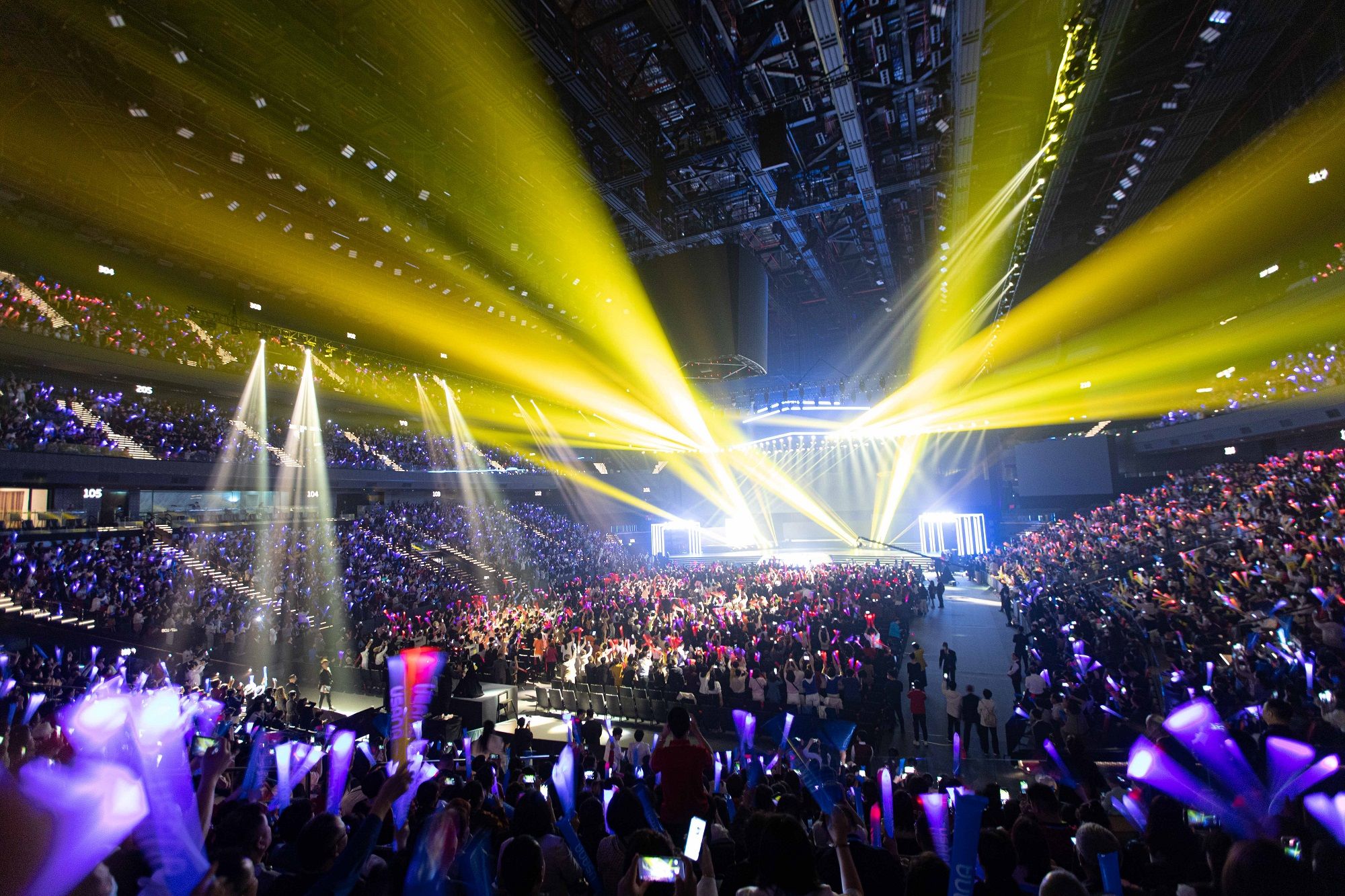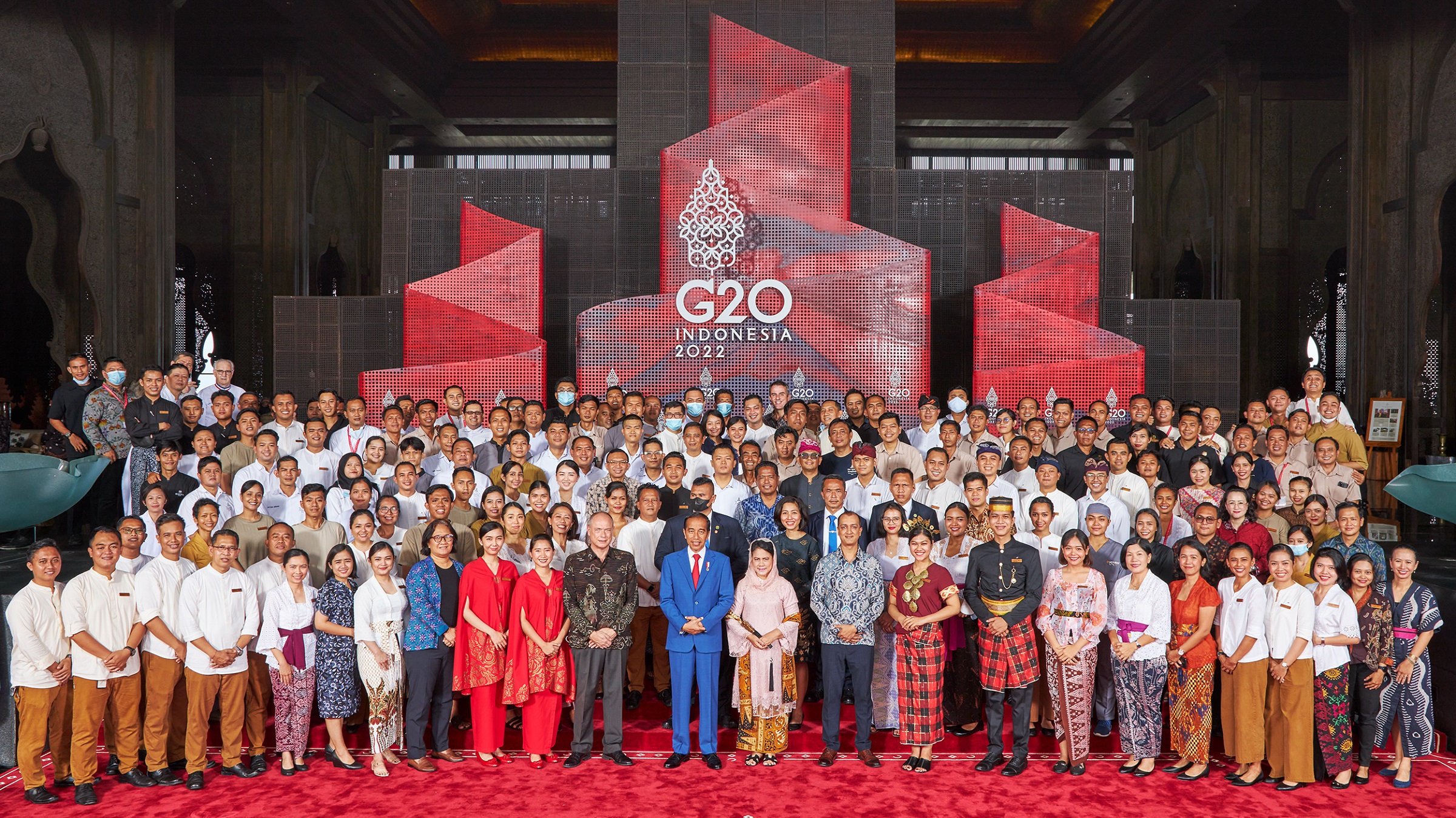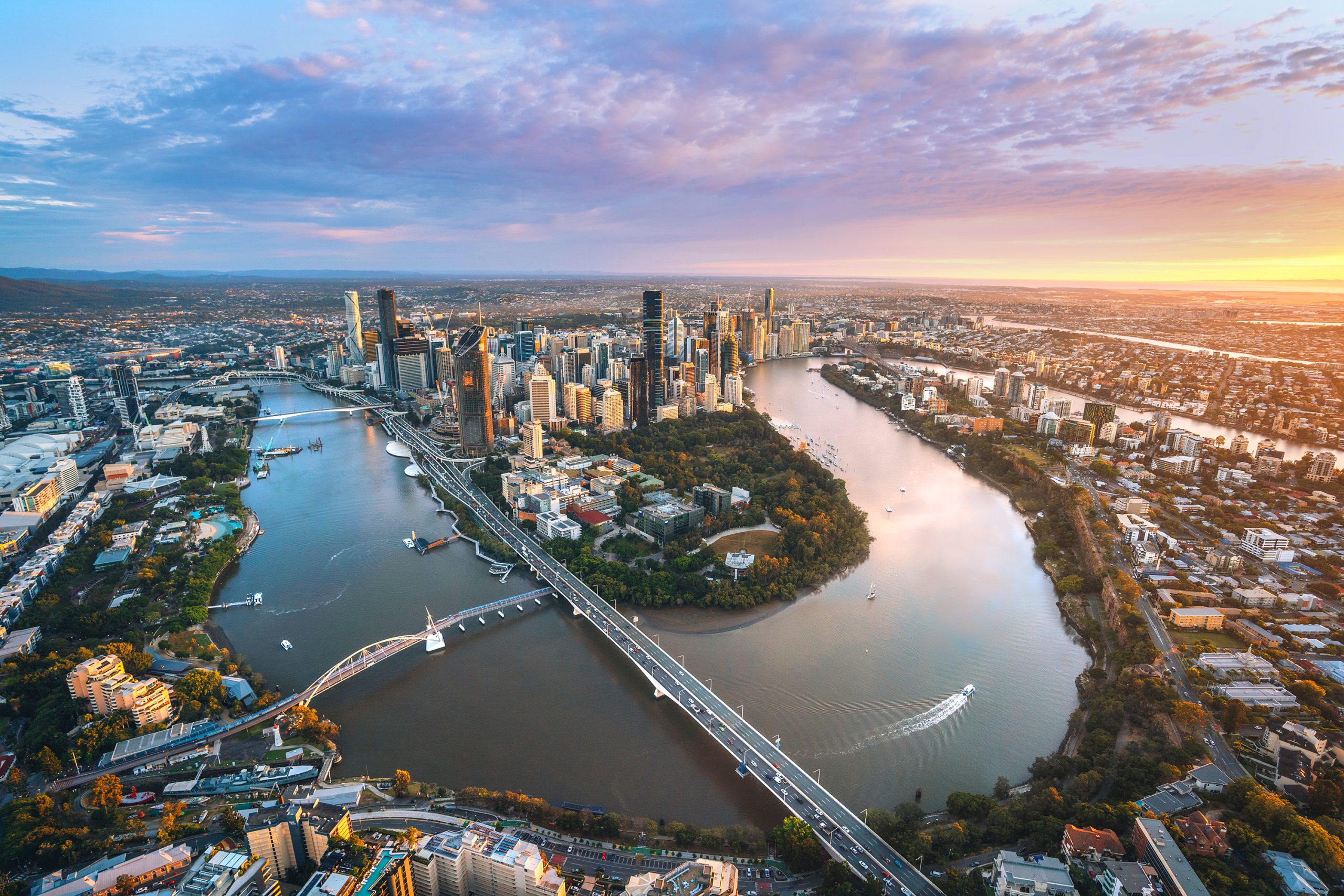Gustav Klimt, 19th century modernist painter and one of the most prominent members of the influential Vienna Secession movement, was born 150 years ago this year, and his hometown of Vienna is marking the occasion with a major programme of cultural events.

The celebrations will enhance an already rich lineup of attractions that give the “Imperial City” such strong appeal. The latest Vienna Convention Bureau (VCB) figures reveal that business is still strong even in these troubled economic times – the city hosted 3,151 congresses and corporate events last year, which generated €838 million (US$1.061 billion) and some 1.4 million bed-nights. It remains the foremost meetings destination in the International Congress and Convention Association rankings, and was voted the top city in the Mercer “Quality of Living Survey” in 2011, beating Zürich and Auckland into second and third positions.
Event planners choose Vienna for a number of reasons, including its accessibility, infrastructure and value for money, says Judith Settele, the VCB’s marketing and project coordinator for the UK and the US. “The Klimt focus this year may encourage event buyers to look again at the city,” she adds.
From its traditional coffee shops to the architectural legacy of the Austro-Hungarian Empire of 1867-1918, Vienna retains a strong sense of culture and history. As well as a good range of venues with capacity for large-scale events (see sidebar), the variety of attractions ensures interesting activities are available for delegates. Most of the key venues and hotels are located in the city’s first district, the Old Town central area encircled by the Ring Boulevard (Ringstrasse), and along the south bank of the Danube Canal.

Art and classical music fuel the cultural life of the city, with the Opera Ball in mid-February the cornerstone of the city’s carnival season. As part of the Klimt anniversary, 10 major exhibitions are being staged across the city, including “Klimt: the Wien Museum collection”, until September 16. Meanwhile, two major new cultural infrastructure projects are under way.
The new Kunstkammer (Chamber of Art and Wonders) at the Kunsthistorisches Museum is due to open in December, and the newly refurbished Liechtenstein Palais will reopen as the new home of Biedermeier art in 2013.
Other major projects close to completion include the Skylink extension at Vienna airport, located 16 km from the city centre. Opening in July, it will add a terminal adjacent to the current one and increase the airport’s capacity to 24 million. It also promises a 25-minute minimum connecting time into the city. Vienna’s new central rail station is due to be fully operational by 2015 and will become the hub for international rail arrivals, connecting some major trans-European network corridors. The completed Bahnhofcity development, of which the new station is a part at Suedtirolerplatz, will extend to 59 hectares with offices, retail, hotel and commercial elements by 2019.
As of November 2011, Vienna had 27,564 rooms across 409 hotels. Since then, a slew of boutique and branded properties have already boosted those figures, including the 32-room Hotel Lamée, its 33-room sister property Hotel Topaz, and the 202-room The Ritz-Carlton, Vienna. Next spring, the 152-room Palais Hansen Kempinski will open in a restored neo-Renaissance building, while the 143-room Park Hyatt will also open in 2013.
The city is actively looking to new destinations and partners. “Vienna increasingly attracts business from the Far East,” says Renate Danler, chief executive of the Hofburg Vienna, the most prestigious of the city’s three convention centres. “We are seeing the highest participation rate coming from the central European countries and Russia, but the Hofburg Vienna hosted its first all-Asian event from Hong Kong in 2010. I think, like so many clients, they loved Vienna’s uniquely imperial touch.”
CONTACT Vienna Convention Bureau
TEL +43 1 211 14 ext 521-529
EMAIL convention@vienna.info
WEBSITE www.vienna.convention.at
VENUE HIGHLIGHTS
• THE SPANISH RIDING SCHOOL
This 16th century institution is the oldest riding academy in the world and home to the snow-white Lipizzaner stallions. Located in the first district, it has three meeting rooms in the historic main house, plus private access to the Baroque riding hall. The former can accommodate 100 delegates; the latter 700 people for dinner using a temporary floor. The Imperial Box in the riding hall hosts 30 people, so groups could combine a private performance of the choreographed dance show with a tour of the stables. The stables yard has an open roof for a summer ball of up to 500 guests.
Michaelerplatz 1, tel +43 1533 9031, www.srs.at/en
• ALBERTINA
This centrally located museum celebrates its 10th anniversary in 2013 with a special programme, including a Damien Hirst retrospective. The 21 neoclassical Habsburg State Rooms form the mainstay of its event space – of these, the Hall of Muses is the largest, accommodating 250 people for evening cocktails. Private tours of the permanent collection, spanning masters from Monet to Picasso, can be arranged.
Albertinaplatz 1, tel +43 1534 8315, www.albertina.at/en
• HOFBURG
Close to the ministries for state banquets and trade shows, the former winter residence of the Habsburg family is a huge venue for large-scale events, with 35 spaces overall. The largest is the white-marble Festsaal, which holds 660 people for dinners or 1,260 theatre-style. The Large Redoutensaal features huge red-orange canvases by Josef Mikl and accommodates 450 people for a gala dinner. In the loft, the Dome, which looks like a giant golf ball, seats 20 people, while the Dachfoyer is a funky place for an evening drinks reception.
Heldenplatz, tel +43 1587 3666, www.hofburg.com
• THE BELVEDERE
Klimt’s best-known work, The Kiss, can be found at this former Baroque palace, now split into two museums, the Upper and Lower Belvedere, is connected by gardens. Meetings can be combined with a private view of the permanent collection in the evening – the Marble Hall has a real sense of history and can host a gala dinner for 240 people. The Octagon is the only space available to rent by day – it accommodates 20 people boardroom-style.
Prinz Eugen-Strasse 27, tel +43 1795 570, www.belvedere.at/en
• MAK
The Museum of Applied and Contemporary Art, located next to the city park, has a columned main hall holding 540 people for a stand-up buffet, while the second-floor area seats 150. For smaller events, the Chimney Room can fit 12 people boardroom-style, and the Media Room hosts 20 to 30 delegates. Combine your meeting with a private viewing of the exhibitions.
Stubenring 5, tel +43 1712 8000, www.mak.at
David Atkinson


